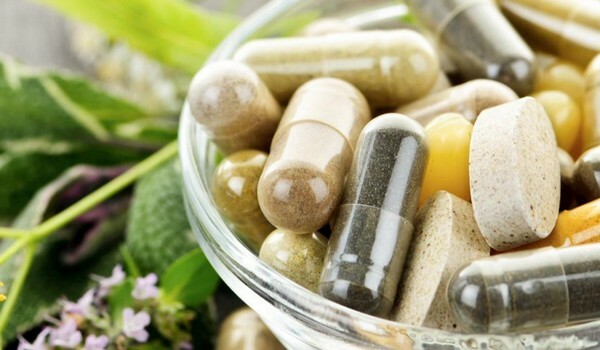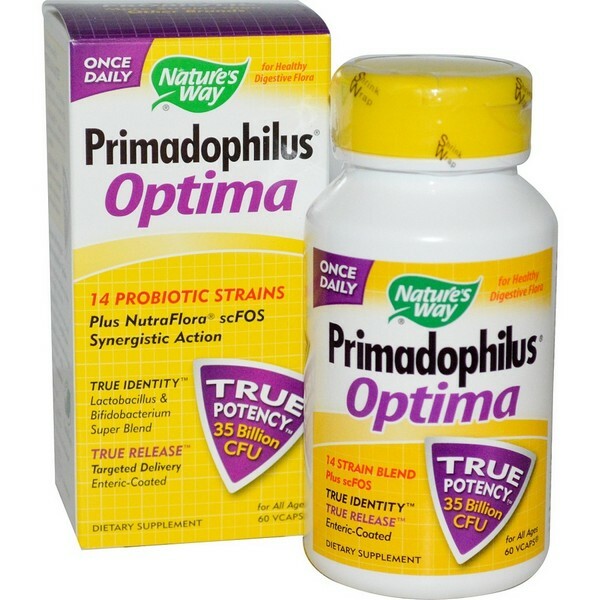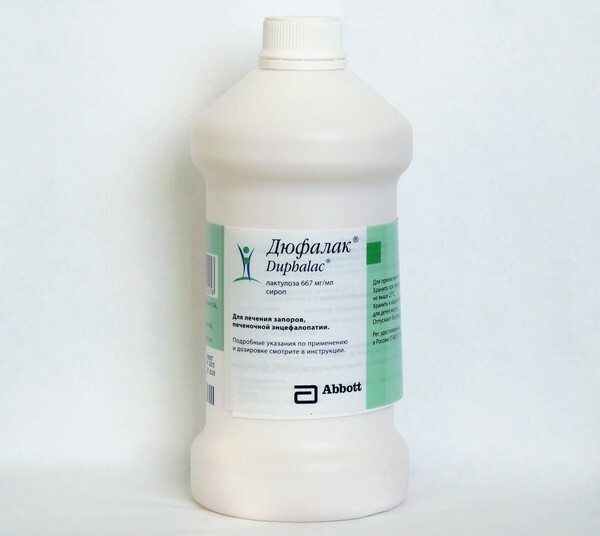- Special features of
- The main differences
- Useful properties and therapeutic actions
- Indications and contraindications for use
When diagnosing painful colic in newborns or dysbiosis in adults, doctors are eubiotics. The use of drugs helps colonize the intestines with useful lactic acid bacteria, solve problems with digestion and peristalsis. Probiotics and prebiotics differ from each other in the principle of pharmacological action. But the result of their course reception is always the restoration of the gastrointestinal tract. Probiotics, like prebiotics, have contraindications to use, so they should be taken only after consultation with a pediatrician or gastroenterologist.

. Special features of
. Having studied the appointment of a gastroenterologist, many patients wonder what probiotics and prebiotics are. There is an erroneous opinion that beneficial bacteria in the human intestine are needed only to ensure proper peristalsis and digestion. In fact, bifidobacteria, E. coli and lactobacilli perform many functions:
- are involved in the formation of immunity;
- synthesizes water-soluble vitamins;
- helps to improve the functioning of the liver and gallbladder.
It is interesting: With the shortage of beneficial bacteria in the intestine, not only the state of human health deteriorates, but also its appearance due to gradually developing iron deficiency anemia - the nails are cut off, the hair is cut off, the skin loses its elasticity.
Antibiotic therapy and intestinal infections almost always provoke the death of beneficial microflora. That again to colonize the intestines with lactic acid microorganisms, doctors recommend to adults and small patients the exchange of probiotics or prebiotics. But in most cases, to restore the digestive tract, they need both drugs. The differences between the probiotic and the prebiotic are their composition and the principle of the effect on the human body.
Probiotics
The basic composition of these drugs or dietary supplements is a live dried culture of bacteria. Useful microorganisms are in them in anabiosis, and only the contact with the liquid medium can awaken them. After entering the stomach, they begin to slowly move toward the thick part of the intestine. It is here that the most favorable conditions for growth and reproduction of active ingredients of probiotics are found:
- lactobacilli;
- enterobacteria;
- of bifidobacteria.
With the increase in the number of useful microorganisms in the intestine, acidity increases due to the release of products of their vital activity into the surrounding space. At such pH values of bacteria belonging to the pathogenic microflora, there is little chance of survival. They cease to grow and multiply, which causes their death. The condition and conditionally pathogenic biocenosis is normalized - its numbers return to the previous optimal limits( 10-15%).
It's interesting: Some kinds of bacilli and useful fungi that take part in the processes of metabolism and the synthesis of biologically active substances also belong to the probiotic microorganism.

Prebiotics
Prebiotics for probiotics are the same as for a person becomes a plate of delicious cereal. They serve as a nutrient medium for lactic acid bacteria, create a favorable environment for active growth. The number of probiotic microorganisms is significantly increased if the intestine has:
- inulins;
- polysaccharides;
- of lactulose.
After getting into the stomach, most of the probiotics die from the action of digestive enzymes and aggressive hydrochloric acid. Therefore, a few strains of lacto - and bifidobacteria reach the intestine. If prebiotics are already present, then the number of useful microorganisms is quickly restored. They are metabolized in the intestine during complex biochemical reactions, the end products of which are such organic and inorganic acids:
- milk;
- is acetic;
- oil;
- propionic.
Complex polysaccharides, inulins, lactoglobulins are not digested in the stomach and without loss enter the intestine. In its thick section, they are cleaved by useful bacteria, and then are removed together with the feces.

. The main differences between
Despite the fact that the intake of both probiotics and prebiotics has one goal - to restore the number of beneficial bacteria in the intestine, they are not analogous, unable to replace each other. Before including the drug in the therapeutic regimen, experienced doctors prescribe a number of laboratory tests to small and adult patients. Their main task is to establish the quantitative and qualitative composition of the intestinal microflora. If a total deficit of lactobacilli is found, then it is not without taking probiotics with these useful microorganisms. And when the decrease in the number of lactobacilli is diagnosed, prebiotics will help them, which will become for them an excellent nutrient medium.
Recommendation: Most prebiotics do not require special storage conditions. But many probiotics should be stored in the side wall of the refrigerator to prevent the death of beneficial microorganisms.
What is the difference between the probiotic and the prebiotic for the course use of drugs and biologically active additives:
- probiotics include live microorganisms, and prebiotics contain exclusively chemical organic substances;
- if there are no beneficial bacteria in the intestine, then taking prebiotics will not bring a positive result;
- in the absence of bifido- and lactobacilli, the use of probiotics will contribute to the normalization of the intestinal microflora;
- each probiotic contains only certain varieties of strains of beneficial microorganisms, and the use of prebiotics restores the entire population of bacteria necessary for the active functioning of vital systems.
Unlike probiotics, prebiotics do not need to increase dosage or multiplicity of intake, since they are inert with respect to gastric juice and digestive enzymes.

Useful properties and therapeutic actions
Thus, the difference between probiotics and prebiotics is that the first re-colonize the human intestine. The latter contribute to the growth and active reproduction of their own beneficial bacteria. Course use of probiotics does not always lead to the same therapeutic effect as regular use of prebiotics. This difference in actions is determined by their composition, the general state of human health and the presence of certain chronic pathologies. The choice of drugs for the treatment of diseases deals with a pediatrician or gastroenterologist. The doctor takes into account the results of laboratory studies, the stage of the pathology. Daily and single doses, as well as the duration of treatment for children can vary depending on the age and weight of the child.
Probiotics
Probiotics are included in the therapeutic regimens of patients who have disrupted the digestive system, which negatively affects the functioning of other vital systems. These drugs have the following positive effects on the body of an adult and a child:
- suppression of growth and active reproduction of pathogenic and opportunistic bacteria - the main cause of acute and chronic intestinal infections;
- prophylaxis and therapy of dysbacteriosis provoking dyspeptic disorders, digestive disorders and peristalsis;
- reduction of cholesterol blocks in small and large blood vessels by accelerating fat metabolism;carbohydrates, proteins, biologically active substances;
- prevention of congestion of the food lump in the gastrointestinal tract, rapid cleavage of products and full adsorption of nutrients and biologically active substances;
- rapid recovery of the intestinal microflora after antibiotic therapy with macrolides, cephalosporins, semisynthetic combined penicillins;
- elimination of excessive gas formation and accompanying symptoms - bloating, sour eructations, heartburn, rumbling and rumbling, diarrhea or constipation;
- suppression of growth and reproduction of pathogenic yeast-like fungi that provoke candidiasis and other mycotic infections.
Probiotics are often prescribed by doctors when the defenses of the body are weakened in adults and children. Useful bacteria not only inhibit the growth of pathogenic microbes. Restoration of optimal intestinal biocenosis positively affects the work of the immune system. When you get into the bloodstream of a viral, bacterial or allergic agent, the required amount of antibodies, white blood cells, T-leukocytes is produced.
Tip: Taking probiotics within a week significantly increases the resistance of the human body to the causative agents of respiratory and intestinal infections.

Prebiotics
Prebiotics are prescribed for patients with gastrointestinal disease in two cases. First, with insignificant loss of useful microflora, when its self-restoration is possible. Secondly, with the developed total deficit of lacto- and bifidobacteria, when taking certain probiotics will not bring a positive result. Prebiotics have the following useful properties:
- decrease in the number of opportunistic and pathogenic microorganisms - clostridia, staphylococci, enterococci;
- suppression of processes of putrefaction, fermentation, excessive gas formation;
- regeneration of mucous membranes of thick and thin intestine;
- increase in the absorption of calcium microelement, prevention of brittleness of bone tissues and their density;
- normalization of triglycerides in large and small blood vessels;
- optimization of the production of essential bile acids;
- improved digestibility of micro- and macroelements - potassium, iodine, zinc, molybdenum, phosphorus.
Prebiotic microorganisms take a direct part in the synthesis of folic acid and vitamin K. Deficiency of these biologically active substances causes deficiency in the cells and tissues of iron. This condition leads to disruption of hematopoiesis, as well as the transfer of molecular oxygen to the target organs. The presence of a nutrient medium for lactic acid bacteria affects the functioning of the digestive tract.
Indications and contraindications for the use of
The doctor may prescribe probiotics and probiotics to the patient both in liquid and solid form. The greatest therapeutic effectiveness of drugs and supplements, which contain several varieties of strains of beneficial bacteria. Recently, manufacturers successfully combine prebiotics and probiotics in one preparation - Bifiform, Probiform, Maksilak. Medications are particularly relevant for taking in such pathological conditions:
- irritable bowel syndrome;
- chronic constipation and diarrhea;
- allergic reactions characterized by skin rashes;
- inflammation of the small or large intestine;
- respiratory diseases - acute tonsillitis, influenza, bronchitis, sinusitis, bronchiolitis, tracheitis.
The main contraindication for the intake of probiotics and prebiotics is individual sensitivity to the constituents of the drugs and dietary supplements. Most often, the allergic reaction develops after taking a combination of drugs containing sucromycetes, yeast-like fungi, spores of bacteria. Any prebiotics are not used in the therapy of people with HIV because of their ability to influence immunity.
